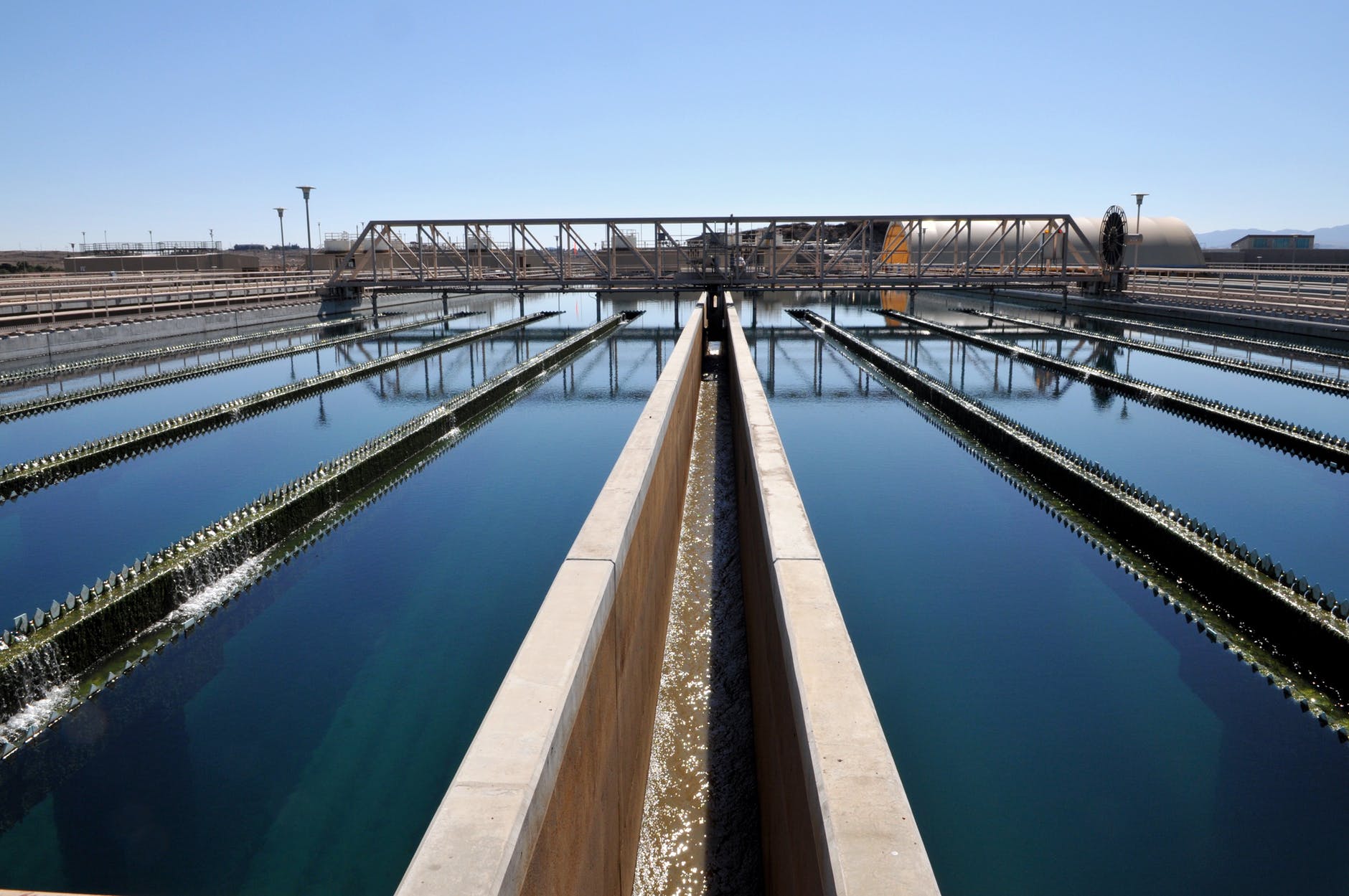Greywater, also known as sullage, is the wastewater which is produced in households or office buildings without faecal pollution. Sources would include showers, kitchen sinks, washing machines, or dishwashers. Wastewater from toilets is called blackwater which has very different composition.
Onsite treatment of greywater is required in areas where there is a shortage of water. It has a high potential for reuse. And greywater is usually safer and easier to treat and reuse greywater due to fewer disease-causing microorganisms in it. Contaminants which are found in it are largely influenced by the lifestyle of a particular household, climatic conditions of the area, geographical locations, etc.

Greywater Composition & Characteristics
Depending on the habits and lifestyle of a household, the quality characteristics of greywater fractions change significantly. Water supply quality, distribution/storage network along with the chemical and biological degradation of certain compounds also play a role in forming the characteristics and composition of greywater.
If we compare the characteristics of greywater with wastewater, we can see that the former has lower BOD concentration, suspended solids, nitrogen concentration, and phosphorus concentration with more alkaline and salt content. However, the level of complexity in the composition increased when toxic heavy metal contaminants were found in greywater.
pH level in greywater ranges between 5-9. Chemical composition of greywater is basically due to the chemicals used for cooking, bathing, or cleaning purposes. Hence, the pH levels increase with the presence of alkaline compounds in the water.
Surfactants, found in cleaning products, are present at high levels in greywater. They generally contain salts such as sodium, ammonium along with nitrates and phosphate. Nitrogen is also found in greywater, the source being primarily kitchen waste.
Microorganisms such as bacteria and protozoa are also a part of greywater composition. Contaminated food can be one source of their presence. Moreover, some traces of excreta are also found in greywater. Hence, it cannot be considered as completely free of pathogens. These traces are usually from the bathing or washing areas. Therefore, it is not recommended to store greywater as the quality can deteriorate causing a kind of odour.
Quantity of Greywater Found in Households
About 70% of the total wastewater produced in households is greywater. This is with conventional flush toilets but with dry toilets, the percentage can rise up to 90.
When we talk about greywater sources, we see that the maximum percentage comes from showers, kitchen sink, and laundry consisting of organic carbon, surfactants, and suspended solids. Phosphorous is mostly found in dishwasher water waste. There is limited nutrients load, whereas, organic carbon load can range between 20% to 75% depending on its source. Nutrients deficiency is one of the reasons why greywater treatment systems face operating deficiencies at the household level.
Physical Appearance of Greywater
Temperature, suspended solids, turbidity, electric conductivity, etc. are taken into consideration when we talk about the physical appearance of greywater. Temperature range is usually between 20-35 degree Celsius; total suspended solids (TSS) between 190-537 mg/L; electric conductivity ranges between 14-3000 μS/cm; and turbidity is recorded between 20-450 NTU.
Treatment Process
There are various methods used to treat greywater for reuse and this is very much required in areas where there is scarcity of water. Treatment systems reduce the contaminants present in greywater which after processing can be reused.
There are 2 methods to treat greywater – physiochemical treatment or Biological treatment. The former include filtration, reverse osmosis, absorption, etc., while the latter includes rotating biological contractors, activated sludge systems, etc.
Greywater Reuse
Subsurface Applications
- Irrigation
Surface applications
- Toilet Flushing
- Irrigation
- Cooling Water
- Water Features
- Concrete Water
- Hydrants
Greywater reuse of definitely one of the best ways to protect freshwater resources. The treatment processes can vary with the quality of greywater produced in the households. This also influences the characteristics and composition of greywater. Hence, in order to choose the right method of treatment, a complete assessment and understanding of the characteristics of greywater is required.
For more information about our greywater treatment process and greywater recycling systems available with us, please call us at 079-4003 6917. You could also fill out our online form to get in touch with us.

